SRX: What Went Right, What Went Wrong in Season 2
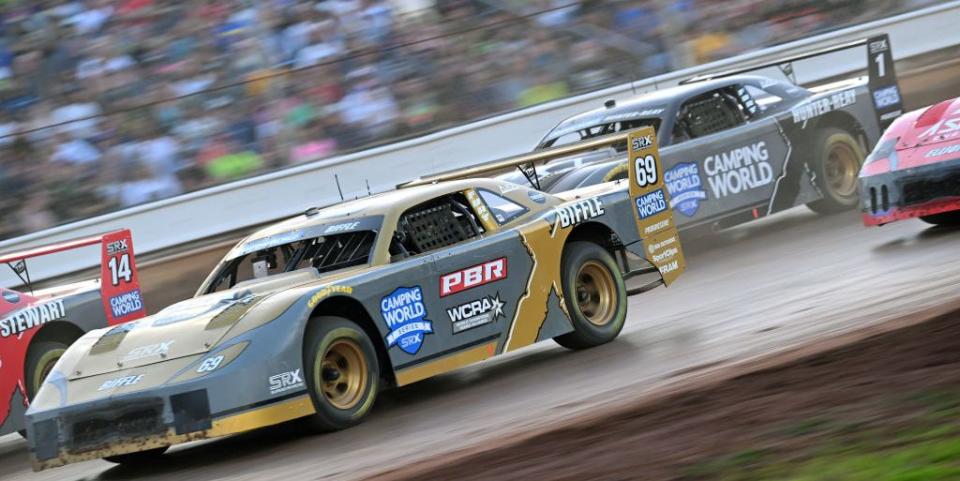
The second season of the Superstar Racing Experience (SRX) literally came and went in the blink of an eye—well, if that eye blinked for six straight weeks, that is, and then it was done for another year.
Marco Andretti won the series’ second championship, his first title of any type since he began racing Indy cars well over a decade ago.
And while SRX is not IndyCar, the third-generation racer now joins his legendary grandfather Mario and his father Michael, who won several CART and USAC titles between themselves, as a racing series champion.
Andretti also joined series co-founder Tony Stewart as SRX royalty, as Stewart won the inaugural championship in the series’ first season last year.
Autoweek puts a final wrap on the 2022 season with some of the things that we felt went right and others that went wrong.
Strap in and start your engines, SRX fans:
WHAT WENT RIGHT
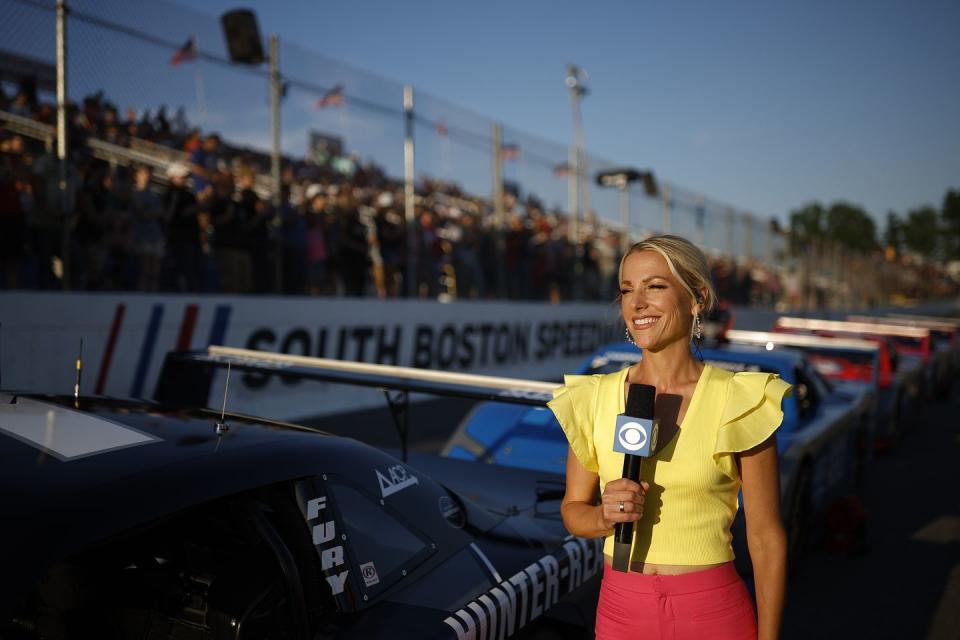
1, Stars Were Shining in the Booth
While the on-track action was good and compelling much of the time, particularly with all the wrecks and the temper flare-ups (examples: Tony Stewart and Ernie Francis Jr., or Paul Tracy and pretty much everyone else), to us the brightest star was lead play-by-play voice Alan Bestwick (and additional kudos to show host Lindsay Czarniak and main pit reporter Matt Yocum).
Bestwick did a great job of keeping TV viewers informed of who was doing what, which drivers were having conflicts with their peers, and especially late-race action as cars streamed toward the checkered flag. If we had to give Bestwick a grade, it would be A+.
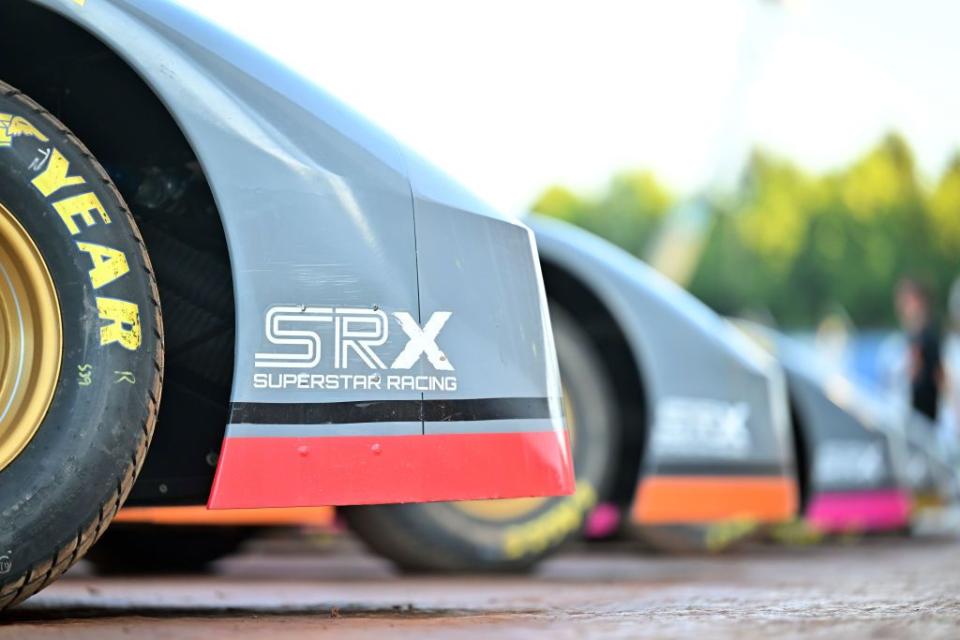
2, All Good, Mechanically Speaking
From a mechanical standpoint, the SRX mechanics and fabricators could put many NASCAR crews to shame. They were able to keep cars going in races even after some rough crashes (I can only recall one car that was so thoroughly destroyed in a race that a driver had to go to a backup car within the same event), and were also able to proficiently make larger-scale repairs in the one-week period between races, most of the time while they were on the road, going from track to track. These folks get an A+ as well.
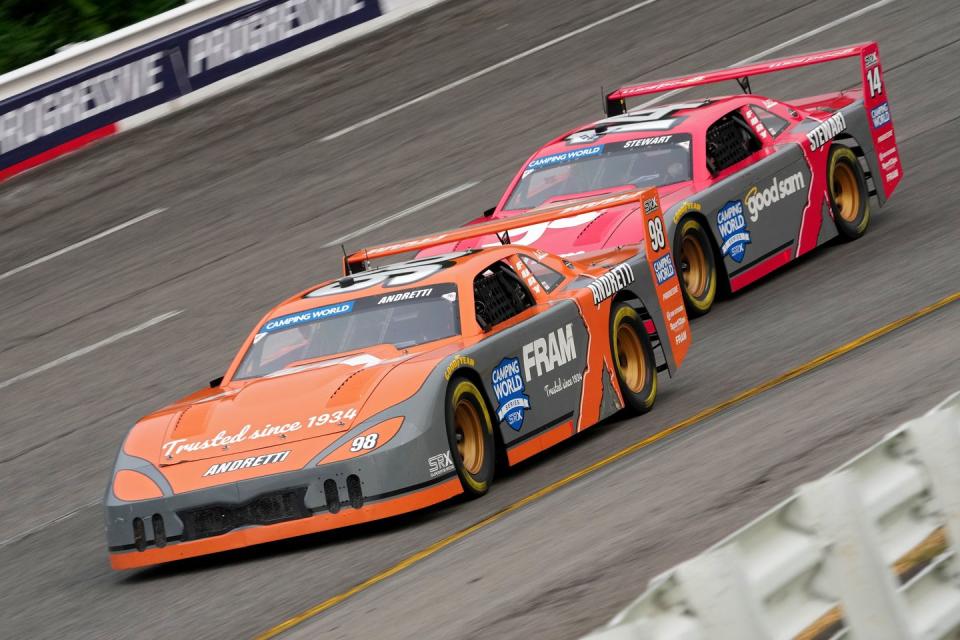
3. Championship Chase Was Top Notch
The four-driver championship battle between Andretti, Tony Stewart, Ryan Newman and Bobby Labonte was exceptional. While I admit I’m somewhat surprised Stewart wasn’t more of a factor in the season finale/championship-deciding event, I’m sure as much as Tony hates to lose, he was legitimately happy that if he didn’t take the title again, that Marco did.
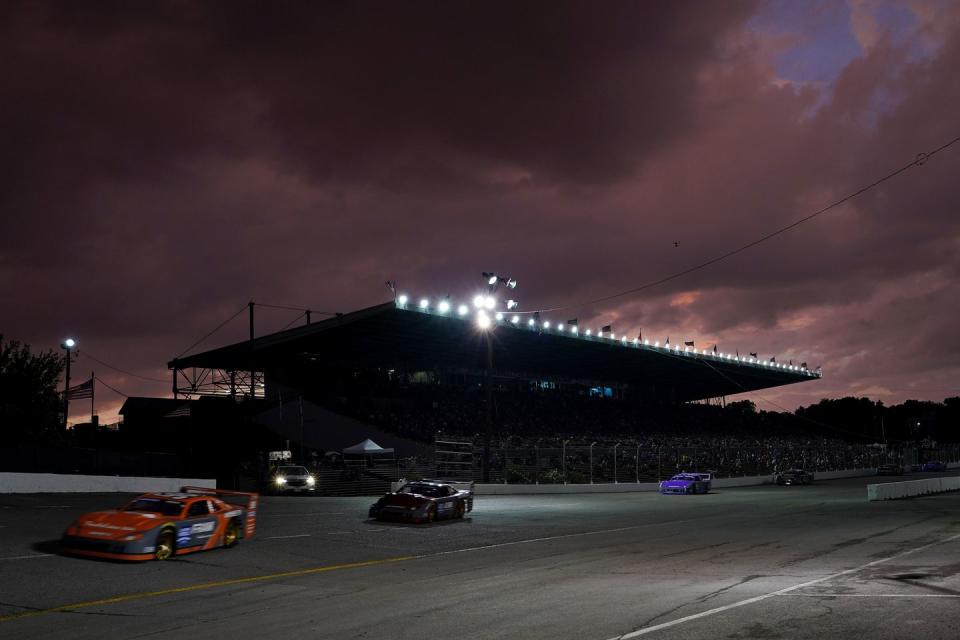
4, CBS Production Crew Was on Its 'A' Game
Kudos must also be given to the entire CBS production crew. They stayed on top of the action, rarely missed any of the big moments (even during commercial breaks), and particular props to them for the job they did after a monstrous storm overnight roared through Nashville, putting the event itself in jeopardy (there was considerable damage to equipment and the facility itself). Yet they pulled the live broadcast off without a hitch.
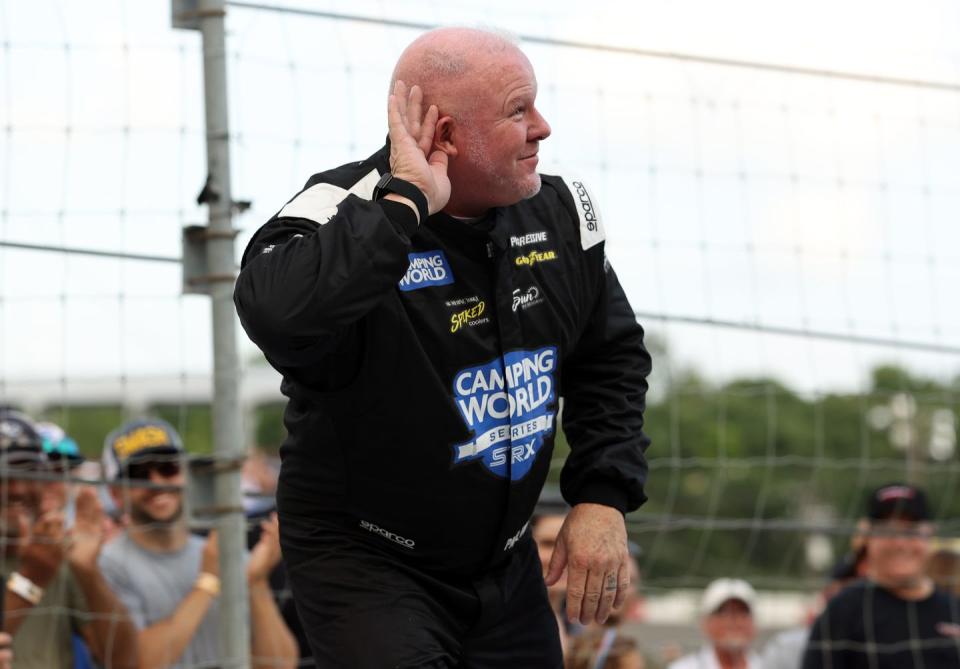
5, Series Finally Found a Villain
One of the highlights of the six races was the ascension of Paul Tracy to become the series villain, a role he seemed apprehensive to take at first before seeming to embrace it.
Of course, being the villain came with a price, as he fell out of contention for a championship that he might have been able to win if he hadn’t been involved in numerous wrecks and dust-ups, particularly with IndyCar driver Ryan Hunter-Reay, and former NASCAR stars Greg Biffle and Michael Waltrip.
Still, even though he wound up having to wear the black hat—or would that be black helmet? —Tracy brought excitement to the series with the anticipation of what he’d do, and who he’d wind up trading paint with next.
WHAT WENT WRONG
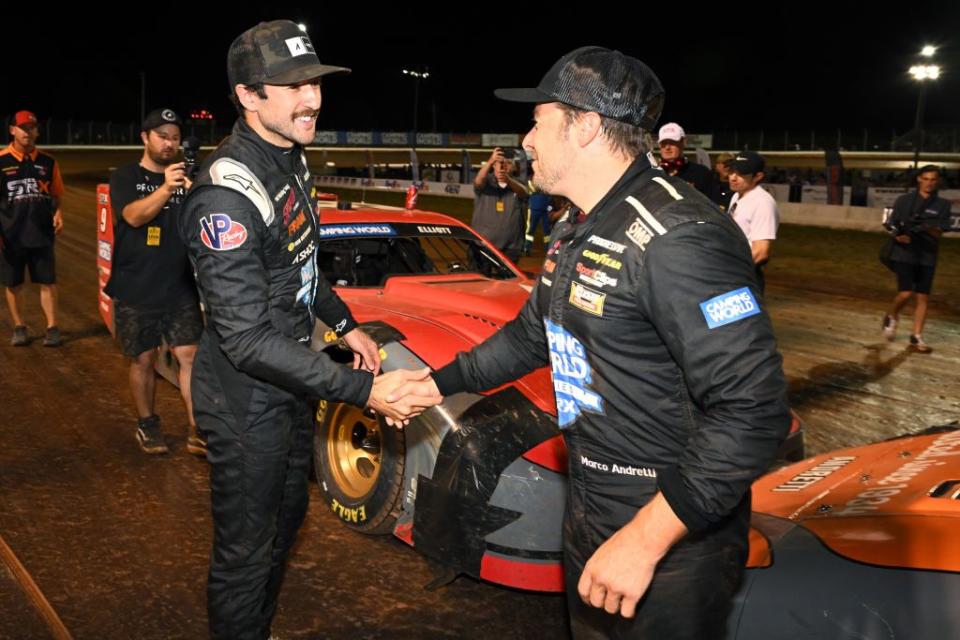
1, Season Was Simply too Short
The series has gotten so popular that it’s faced with a dilemma: regardless of what series officials say, six races in six weeks just doesn’t cut it anymore. The series is a victim of its own success. Too many fans—and too many tracks—want to see the series at their local venues. The series MUST expand to at least 8 races (in, say, 10 weeks), or maybe even 10 races (in 12 or 13 weeks). Otherwise, fans are going to eventually sour on the series if it doesn’t come to a track near them.
Stewart wants to see a short road course potentially added to next year’s schedule, but that remains to be seen. But there IS one track that is a no-brainer and should be on SRX’s schedule next season for sure: the Stewart-owned dirt track, Eldora Speedway, in Ohio.
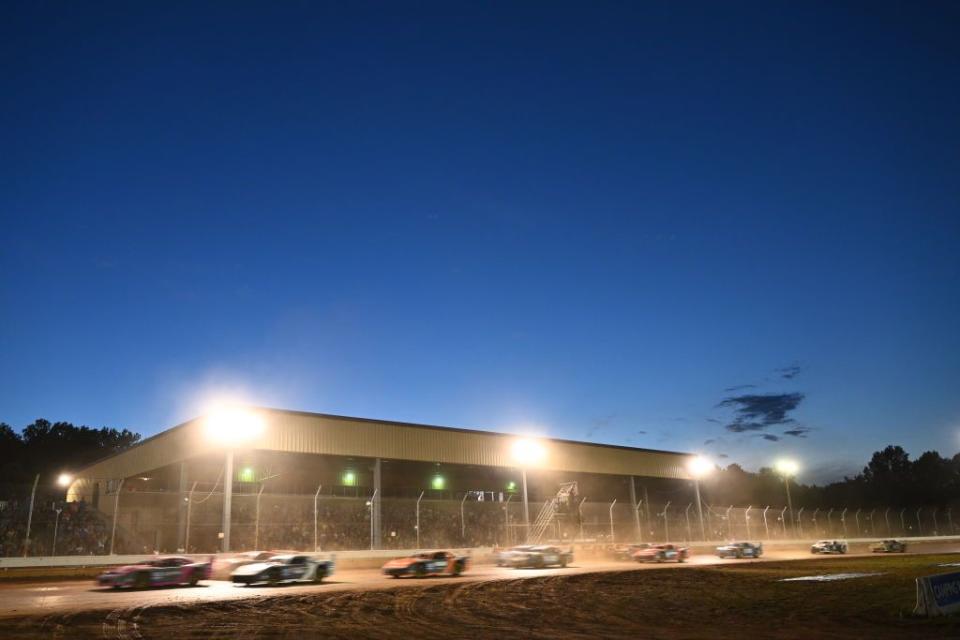
2, TV Window Marred Championship Night
Yes, we previously gave great and well-deserved plaudits to CBS and its personnel. But there’s one thing that really must change scheduling-wise for next season!
SRX is locked into two-hour broadcast windows on CBS on six straight Saturday nights in the early summer. Because of this, several times there was virtually no pre-race show, essentially having the command to start engines and off the drivers went. Conversely, this past Saturday’s championship-deciding season finale was an utter embarrassment.
There were so many crashes and cautions in both the two heat races and the main event, that the originally-scheduled 70-lap championship-deciding race was shortened to just 50 laps to make sure it all “fit” into the two-hour CBS window!
That’s right, shortly after passing the halfway point of the original scheduled distance, CBS and SRX officials called for shortening the biggest race of the season by 20 laps! Couldn’t CBS have penciled in maybe an extra 15 minutes to give viewers—and more importantly, those fans in the stands—what they paid for? Further embarrassments: perhaps one of the shortest post-race interviews in recorded motorsports history: Andretti was interviewed for all of 32 seconds after winning the title, while NASCAR ringer and race winner Chase Elliott’s interview lasted slightly longer at 45 seconds, before Czarniak bid adieu to viewers.
And, even though no one said anything, but because the race was chopped by nearly 31 percent of its originally scheduled length, maybe ninth-place finishing Andretti may not have wound up being champion, but rather Ryan Newman, Bobby Labonte or Tony Stewart. And maybe Elliott wouldn’t have won the event (Stewart was runner-up, followed by Matt Kenseth). In our eyes, fans at the track should have demanded 31 percent of their admission price back.
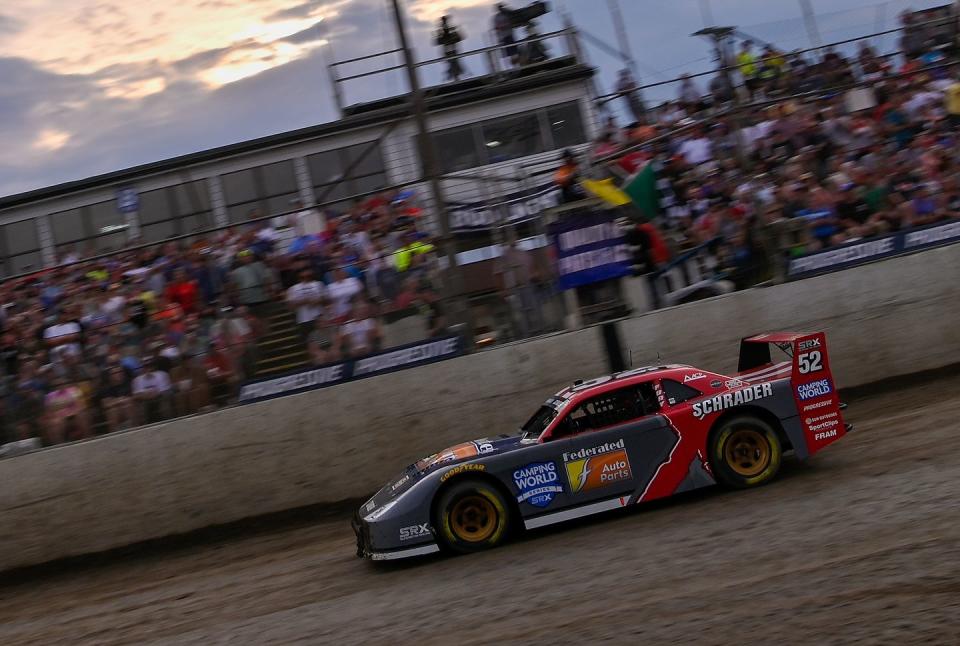
3, Not Enough Markets
There needs to be more geographic diversity of tracks selected. The Ken Schrader-owned Federated Auto Parts Speedway in Pevely, Missouri, was the only race this season held west of the Mississippi River.
I know diesel fuel for the series’ transporters is expensive, but there are so many short tracks to the west and southwest that would love to host the series. Another thing SRX should remember: don’t forget to go back to the tracks that supported you the most. For example, Slinger Superspeedway in suburban Milwaukee had a standing-room only crowd during Season 1, yet SRX didn’t come back in 2022.
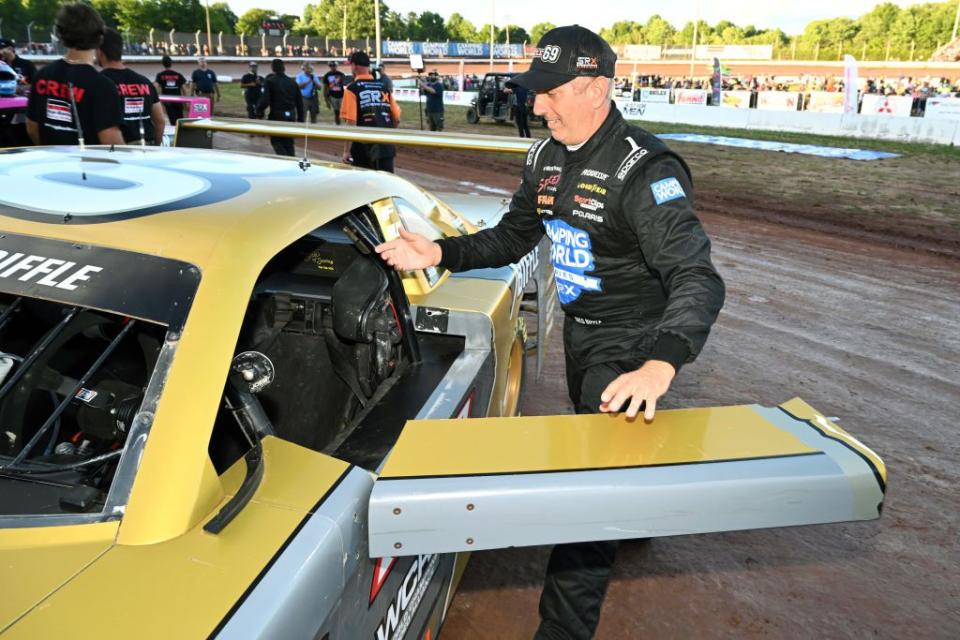
4, SRX Still Needs to Find Its Lane
SRX has to decide what kind of series it is going to be. Frankly, it’s better off being a kind of Senior Tour, interspersed with “local hero” ringers and occasional NASCAR or IndyCar ringers.
Fans come out to see the legendary—and mostly retired from regular competition—drivers such as NASCAR Hall of Famers Tony Stewart, Bobby Labonte and Bill Elliott; four-time Indianapolis 500 winner Helio Castroneves; former Indy 500 winner Tony Kanaan; former NASCAR stars Ryan Newman, Matt Kenseth, Michael Waltrip and Greg Biffle (pictured); former IndyCar drivers Ryan Hunter-Reay, Tracy and new champ Andretti.
Sure, younger drivers like Hailie Deegan and Ernie Francis Jr. bring out some fans, but the majority of ticket buyers want to see the stars of yesterday still able to throw a car into a turn. If we have just one regret, how we’d love to see Richard Petty in just one SRX race.
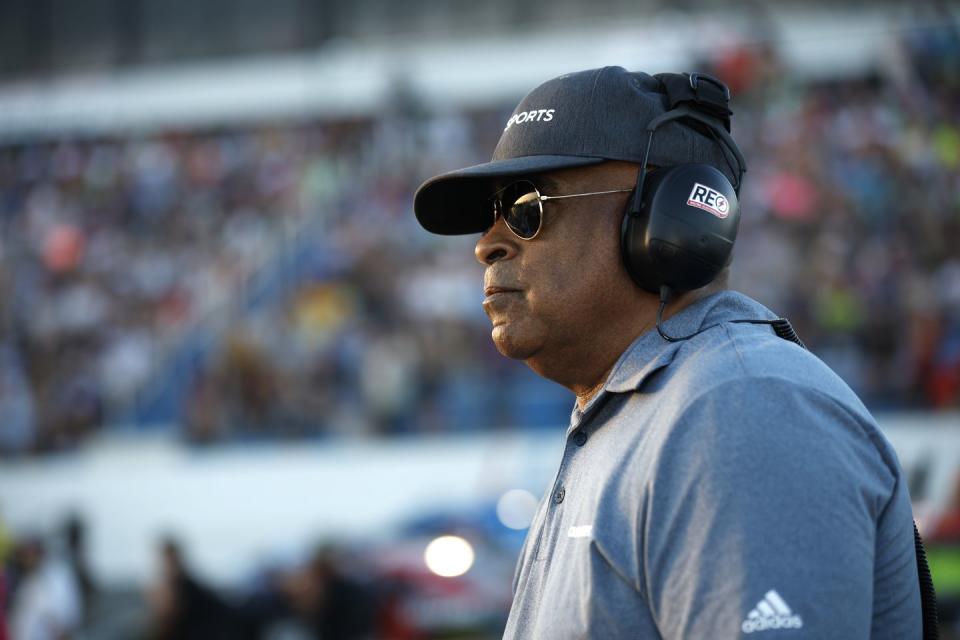
5, Not Playing to Willy T.'s Strengths
We REALLY hate to bring this one up because we like him so much. Willy T. Ribbs is funny, and was a talented and versatile driver in his time … but during his stint with SRX this season (after racing in the series last season) as an analyst and pit reporter, countless fans took to social media and fan forums, complaining about Willy.
Look, I get it, he has a folksy personality. And I do admit, I like his in-race “Where’s Willy At?” features, but being a color analyst just isn’t his forte. Yes, he’s friendly and affable, but if he remains with the CBS/SRX broadcast team, I think he does a much better job as a pit reporter.
IndyCar driver Conor Daly and NASCAR star Joey Logano also had one-race runs as color analysts and performed well. But Willy? He belongs on pit road, where he can get chummy with all his buddies. But please, Willy, stop calling him Paul “Dick” Tracy. The SRX fan world will thank you.
Follow Autoweek correspondent Jerry Bonkowski on Twitter @JerryBonkowski

 Yahoo Autos
Yahoo Autos 